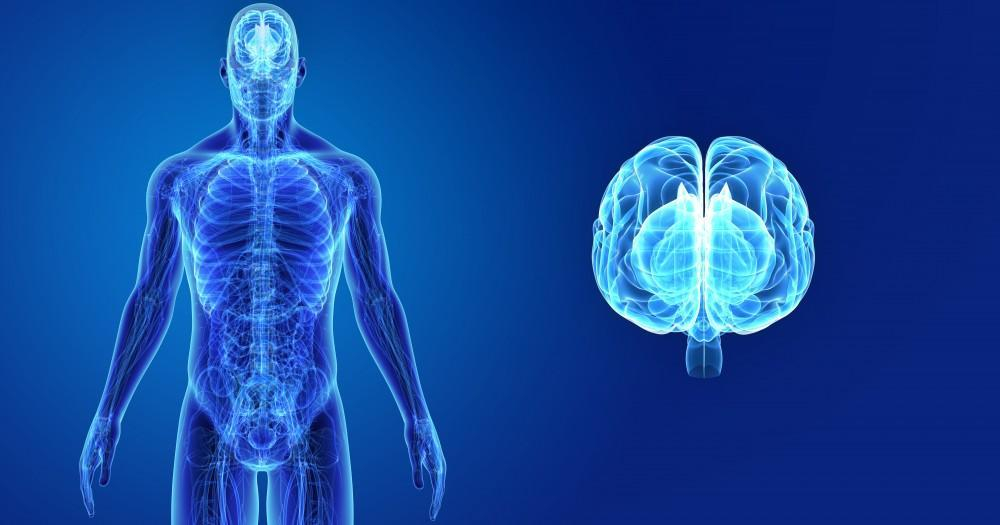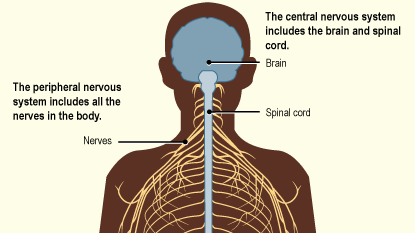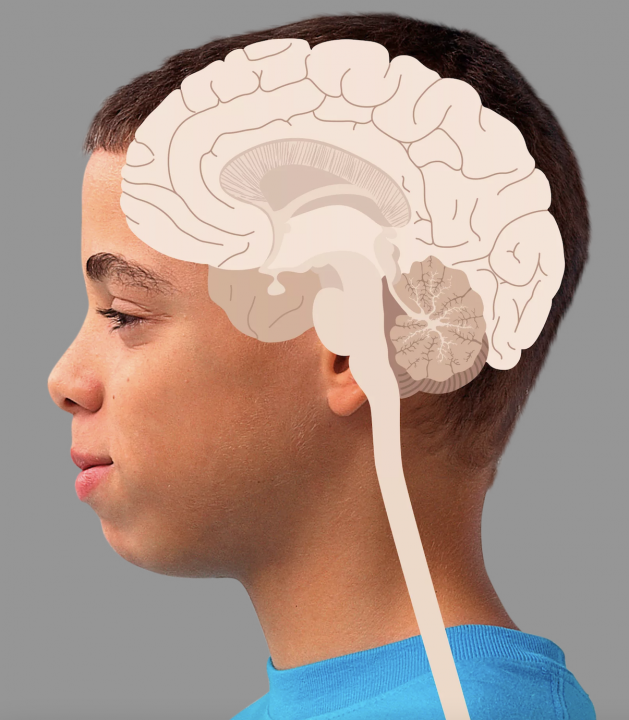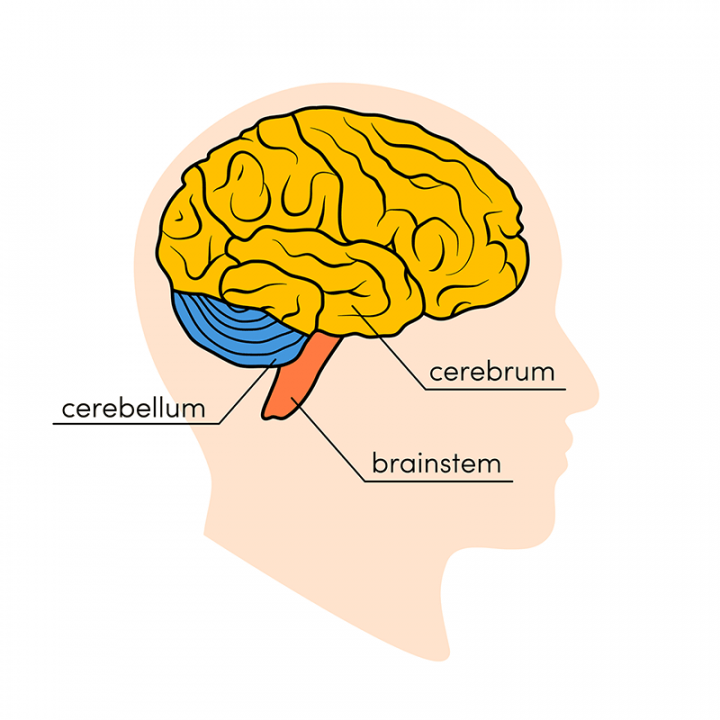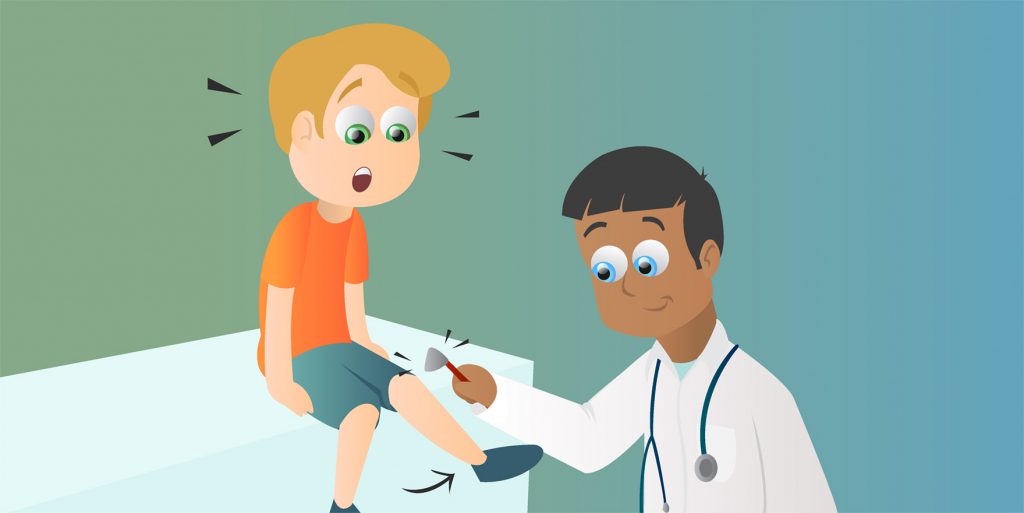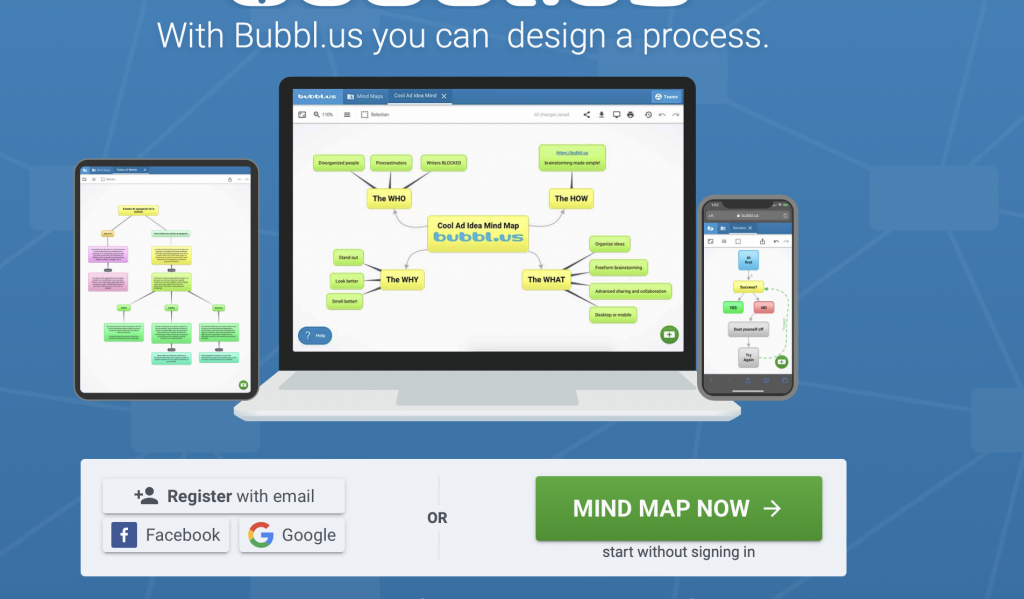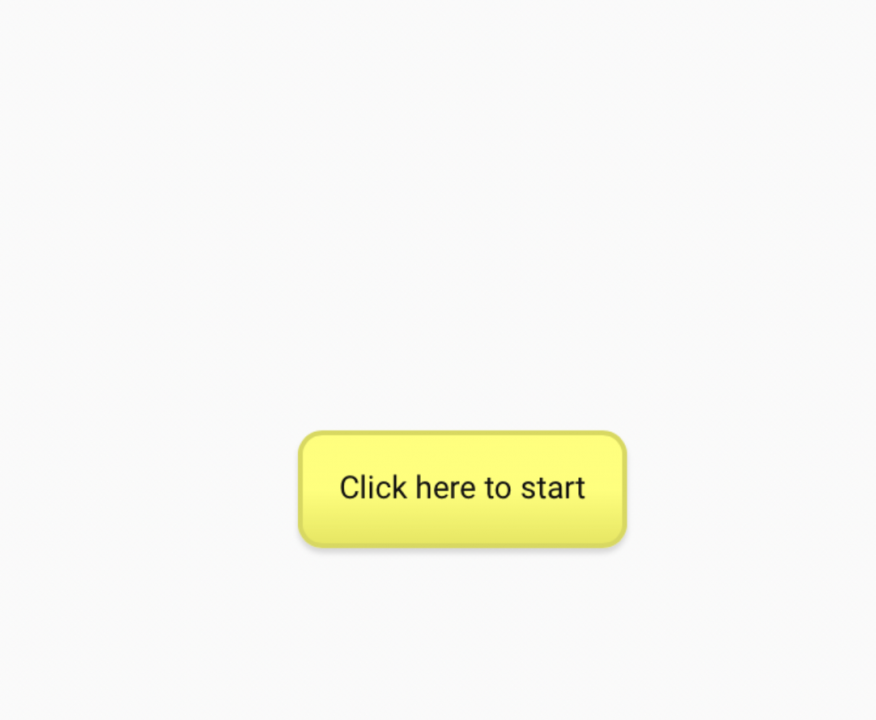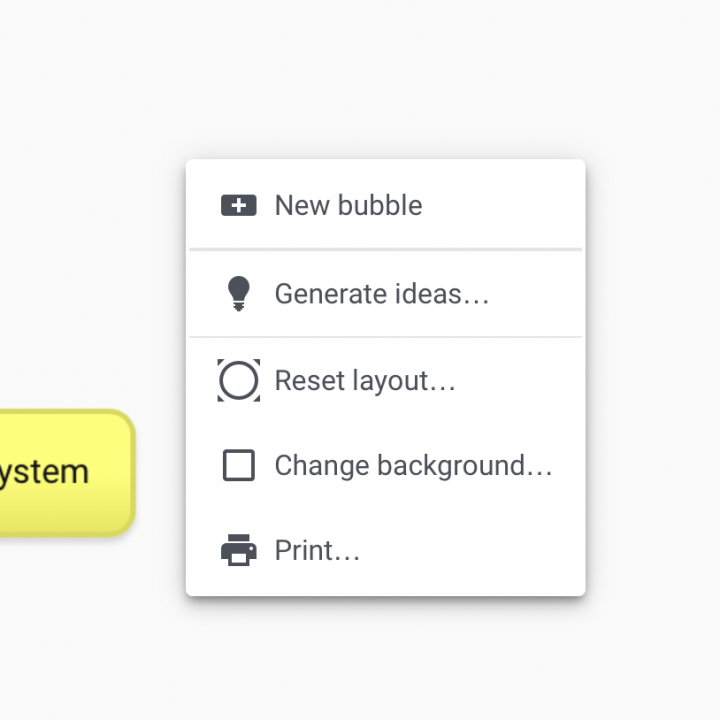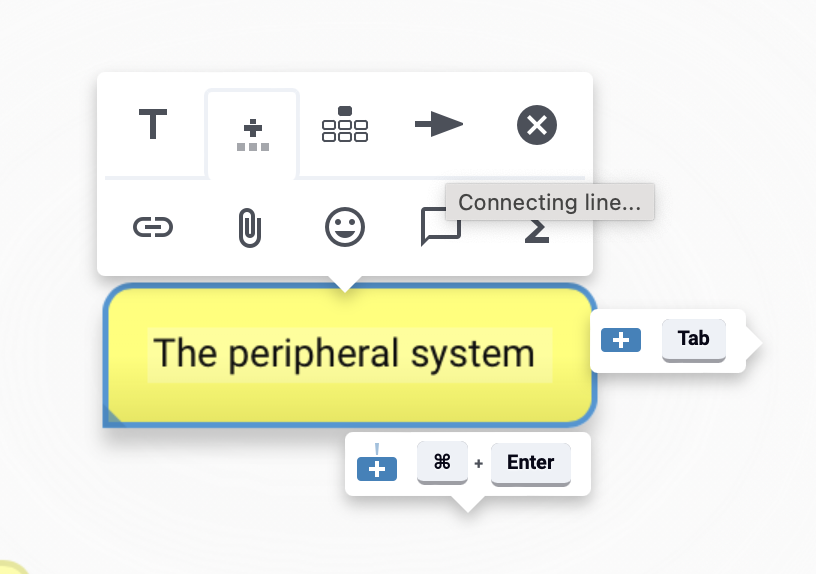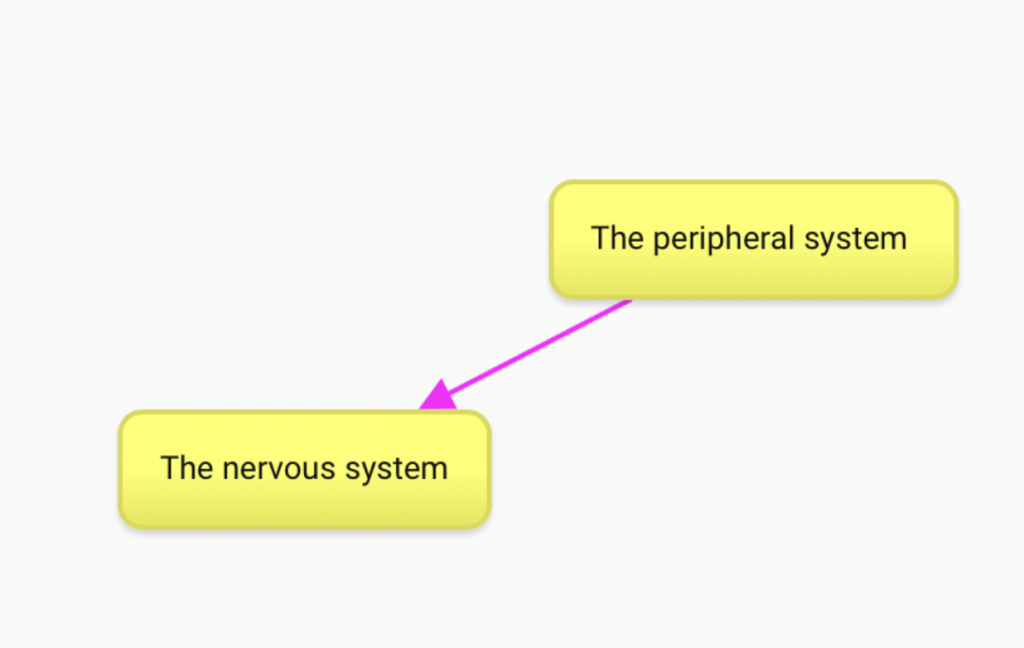Het arrangement The nervous system is gemaakt met Wikiwijs van Kennisnet. Wikiwijs is hét onderwijsplatform waar je leermiddelen zoekt, maakt en deelt.
- Auteur
- Laatst gewijzigd
- 2023-07-06 00:57:22
- Licentie
-
Dit lesmateriaal is gepubliceerd onder de Creative Commons Naamsvermelding 4.0 Internationale licentie. Dit houdt in dat je onder de voorwaarde van naamsvermelding vrij bent om:
- het werk te delen - te kopiëren, te verspreiden en door te geven via elk medium of bestandsformaat
- het werk te bewerken - te remixen, te veranderen en afgeleide werken te maken
- voor alle doeleinden, inclusief commerciële doeleinden.
Meer informatie over de CC Naamsvermelding 4.0 Internationale licentie.
Aanvullende informatie over dit lesmateriaal
Van dit lesmateriaal is de volgende aanvullende informatie beschikbaar:
- Toelichting
- In this paragraph we're going to look at the overal nervous system and in what two parts it can be categorised; The central nervous system and the peripheral nervous system. The functions of these categories will be discussed.
- Leerinhoud en doelen
- Interactie; Biologie; Waarneming; Zenuwstelsel;
- Eindgebruiker
- leerling/student
- Moeilijkheidsgraad
- gemiddeld
Bronnen
| Bron | Type |
|---|---|
|
https://youtu.be/MEV0CQ05qJk https://youtu.be/MEV0CQ05qJk |
Video |
|
Brooke her spinal injury http://https://www.youtube.com/watch?v=cjTuKtrs3bo |
Link |
|
mindmap http://https://bubbl.us |
Link |
|
Test https://forms.office.com/e/9ijtP11RUQ |
Link |
|
feedback http://https://forms.gle/mqYzWDymWN6GBfy79 |
Link |


